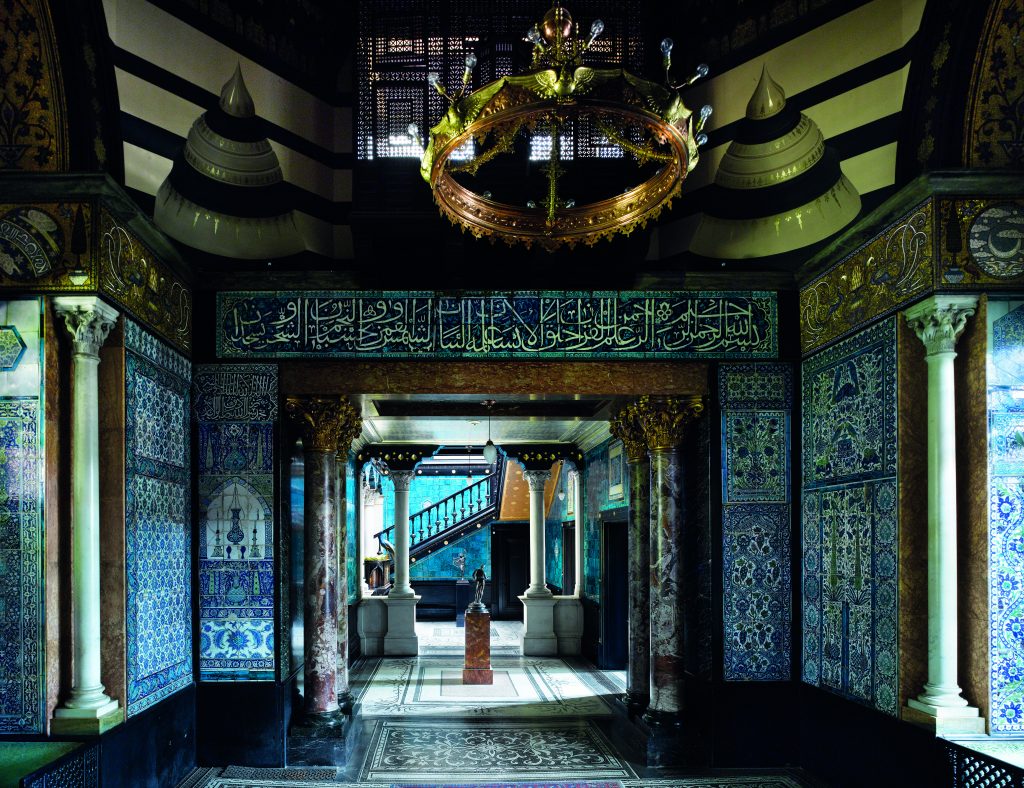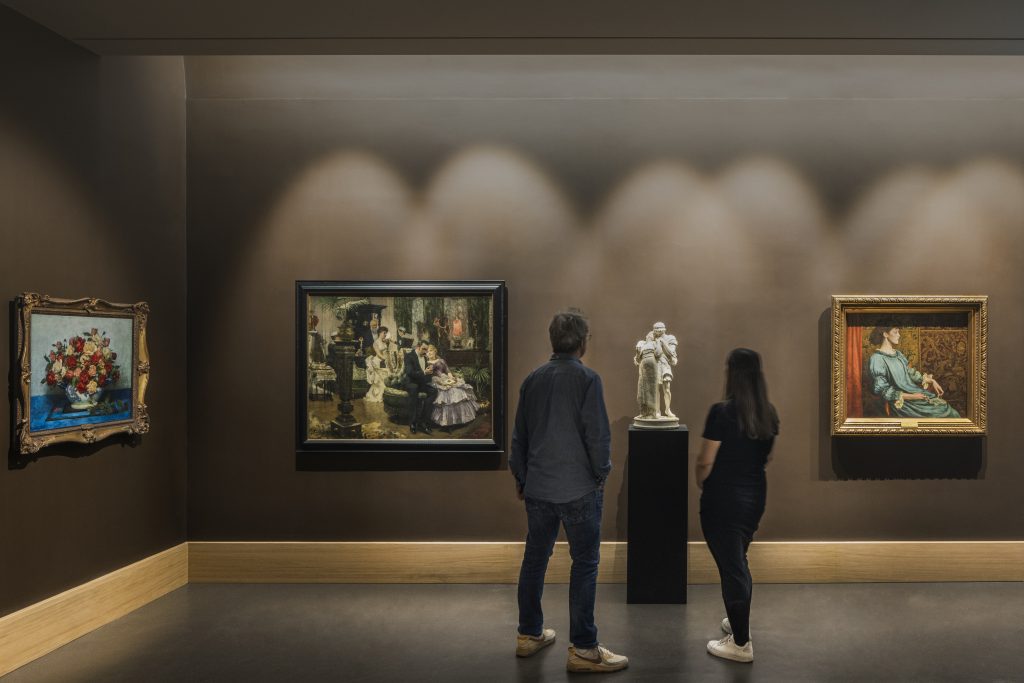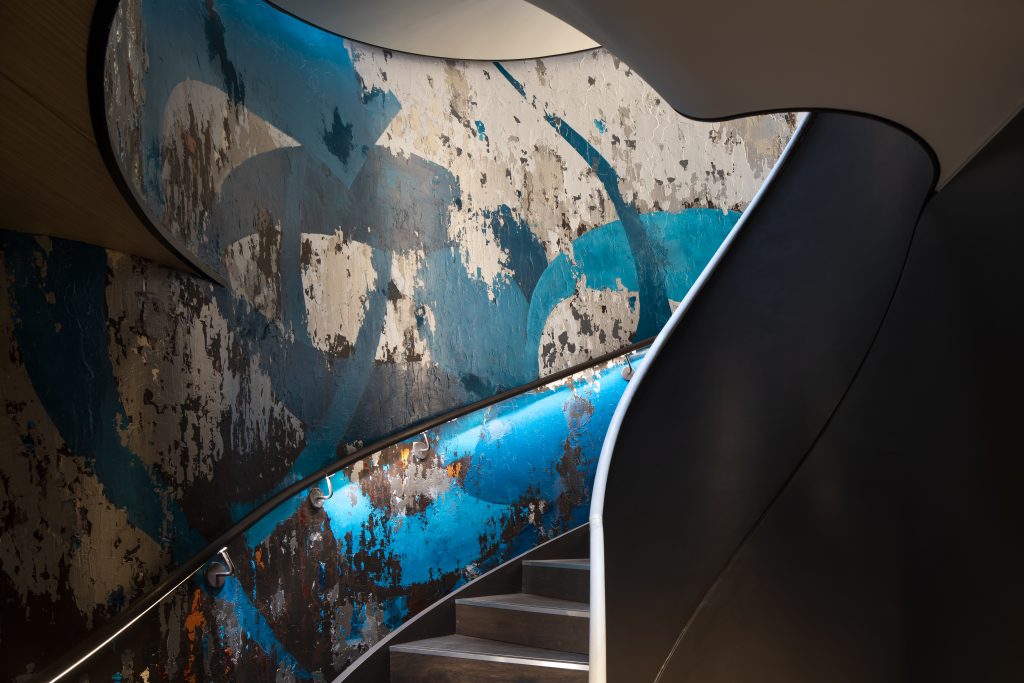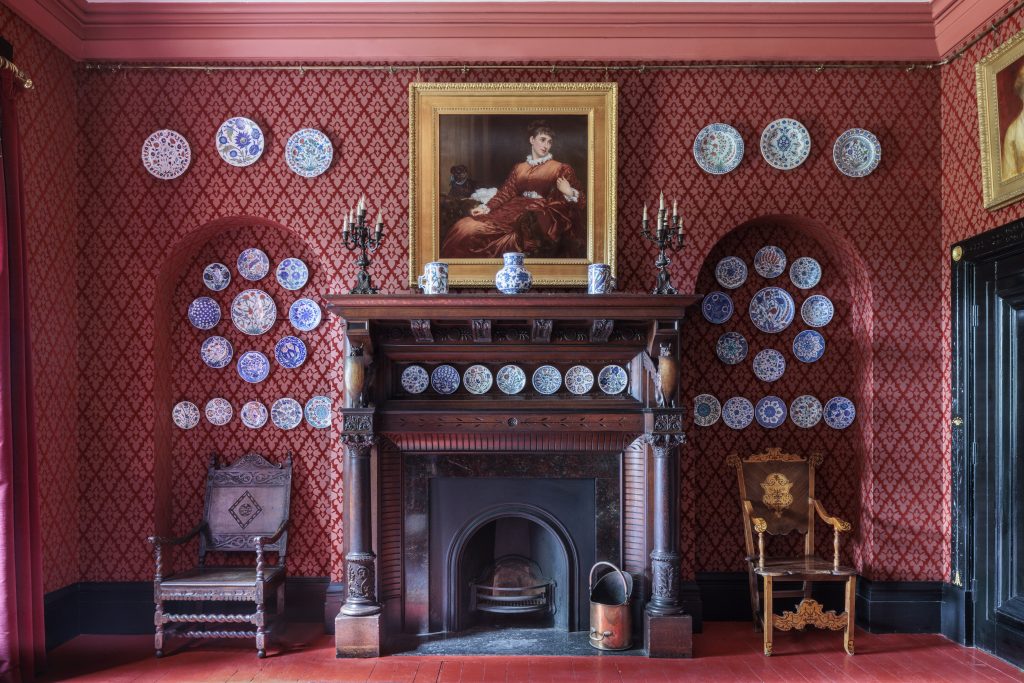Enjoy this article?
Most Museums Journal content is only available to members. Join the MA to get full access to the latest thinking and trends from across the sector, case studies and best practice advice.
Leighton House was the home and studio of painter and sculptor Frederic, Lord Leighton (1830-96), president of the Royal Academy of Arts and often credited as responsible for a British renaissance in sculpture. Its redevelopment was completed in October last year and is the latest revamp of a house that has undergone many alterations and improvements during its long history.
The house was a lifelong passion project for Leighton, who commissioned architect George Aitchison to create the building. It continued to be revised and modified by Leighton for three decades until his death in 1896.
The redevelopment project brushes off the dust and adds amenities that let the magnificent interiors take centre stage. The Hidden Gem to National Treasure scheme is the final phase of an £8m project that began in 2008. The majority of work focuses on a later wing of the house, an extension made in the 1920s. A new welcome space, shop and cafe have been introduced, freeing up space in the main house for visitors to enjoy the opulent interiors.
A clear circular route around the house allows for easy navigation, with visitors encouraged to start their exploration in the basement. Here, a new introductory video and exhibition on the Holland Park Circle of artists sets Leighton House in its historical context.
It also cleverly places visitors close to the new accessible and plentiful toilets at the start of the route. And accessible lifts have been discreetly installed allowing step-free access to all floors for the first time.
The relocation of the welcome space has also freed up the original entrance hall. The restoration of this room enables visitors to step into the house, just at Leighton’s own guests would have.

The redevelopment has cleverly focused on modest additions, meaning much of the main house remains unchanged. The subtlety of the changes allows visitors to really immerse themselves in the sumptuous interiors. The highlight remains the impressive Arab Hall, inspired by the 12th-century Sicilian palace La Ziza, which is decorated with the collection of tiles that Leighton amassed during his travels. It encompasses his wish to create what he called his “house beautiful”.
Simple and unobtrusive interpretation, in the form of sheets about each room, are available for visitors to learn more about the objects on view. This is coupled with a room guide booklet for visitors to carry with them on their exploration.

The booklet is simply designed and presented, offering straightforward information on the history of the house’s interior developments. The same information is also available via the Smartify app. The new technology uses QR codes, scannable on smartphones, making the information accessible for a variety of access needs. The ease of having all the information on my phone was something I really appreciated. In addition, the friendly and well-informed volunteers continue to add a personal element to the experience.
The focus of the story remains the development of the house and its interiors. With so little of Leighton’s private life known, only glimpses of his personality come through. This is most notable in his bedroom, which is a much sparser room than the opulent ground-floor hosting spaces. The interpretation does a good job of bringing to life this enigmatic character.

The reinstated Winter Studio is a new highlight. The curation of the space does a good job of telling the story of Leighton as an artist. On my visit, with the winter sun streaming through the window and tales of models changing costumes by the fire, the space evoked the busy hub of artistic activity that once happened here.
Although stunning, the interiors of Leighton House display the Victorian era’s Eurocentric view of the cultures of the Middle East and North Africa that Leighton visited. As part of the redevelopment, the team has worked with the Turquoise Mountain Foundation to commission bespoke furniture designed by displaced Syrian artisans now working out of Jordan.
Another highlight is Oneness, a wonderful installation by Iranian artist Shahrzad Ghaffari, which encircles a new spiral staircase. Inspired by Who am I, a verse by 13th-century Persian poet Jalal ad-Din Muhammad Rumi, Ghaffari’s artwork explores themes of connection through different cultures and religions. These bring together old and new, and add a previously missing sense of multiculturalism to the house.

Leighton House now boasts the beautiful new De Morgan Cafe, named after the 19th-century artist-couple who produced exquisite ceramics, some of which are in the museum’s collection and are showcased in the cafe. Despite being a strikingly modern space, it fits in seamlessly with the historic parts of the building.
The addition of a new learning area has also enabled an expansion of the schools’ programme, which now offers adults, young people and the rest of the community the opportunity to explore cultures not often seen in a historic house setting. This commitment ensures that a broader audience can enjoy this incredible setting and is one of the biggest benefits of the redevelopment.
An eclectic events programme offers a variety of hands-on experiences and practical workshops focusing on Leighton’s passions and interests, from piano recitals to screen-printing workshops. These events will give visitors the opportunity to take a deep dive into Leighton’s artistic world.
The redevelopment has breathed new life into this extraordinary studio-home, putting accessibility and clever design at the forefront. Altogether, this enables the house to return to its multi-functional roots as a home and studio as well as a public gallery, and still allows the historic collection space to truly shine.
Elly Bagnall is the house and gardens manager at the Red House, London,
run by the National Trust
Most Museums Journal content is only available to members. Join the MA to get full access to the latest thinking and trends from across the sector, case studies and best practice advice.
You must be signed in to post a comment.
A good comprehensive review by Elly, as expected. I am looking forward to revisiting and breaking in the De Morgan cafe. The De Morgan tiling is one of the finest in the world. Leighton House
also had an excellent temporary exhibition programme.
dharshan thenuwara
I am eagerly looking forward to seeing the Leighton House Museum and discovering all its fascinating exhibits. I will definitely admire the building’s facade, the collection of paintings and antiques, and enjoy the beauty of the park surrounding the museum.